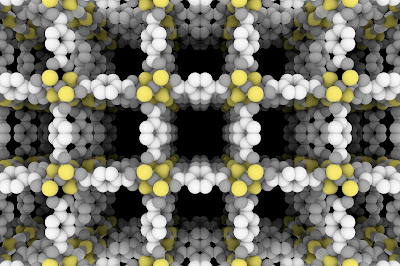Aerosol Paints: A Market Painting a Picture of Growth and Innovation

The global aerosol paints market is far more vibrant and dynamic than one might initially imagine. Beyond their common association with quick touch-ups and DIY projects, aerosol paints represent a significant segment within the broader paints and coatings industry, driven by convenience, versatility, and continuous technological advancements. This market is not just about spraying color; it's about innovation in formulations, propellants, and applications, catering to a diverse range of end-users from automotive refinishing to artistic expression. Market Size and Growth Drivers: The global aerosol paints market was valued at US$ 3,941.90 million in 2020 and is projected to reach US$ 5,238.49 million by 2028; it is expected to grow at a CAGR of 3.9% from 2021 to 2028. The aerosol paints market has witnessed steady growth over the past few years, and projections indicate a continued upward trajectory. Several factors contribute to this positive outlook. The increasing popularity of D...


